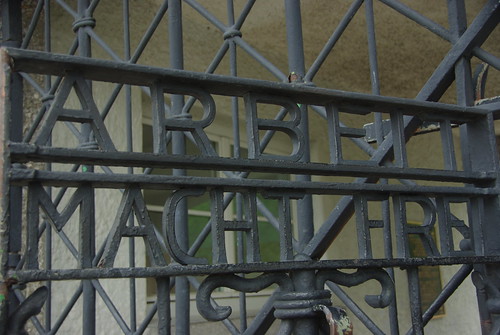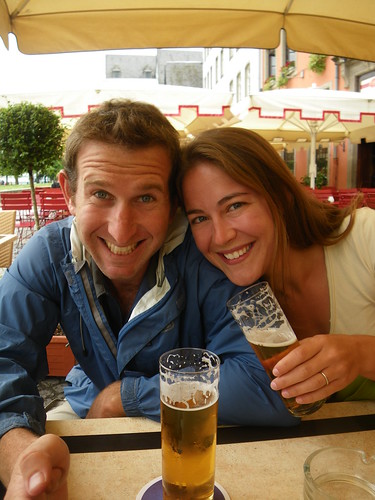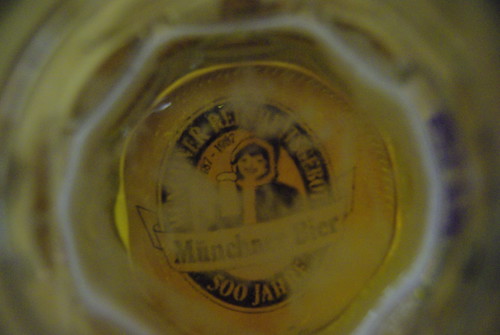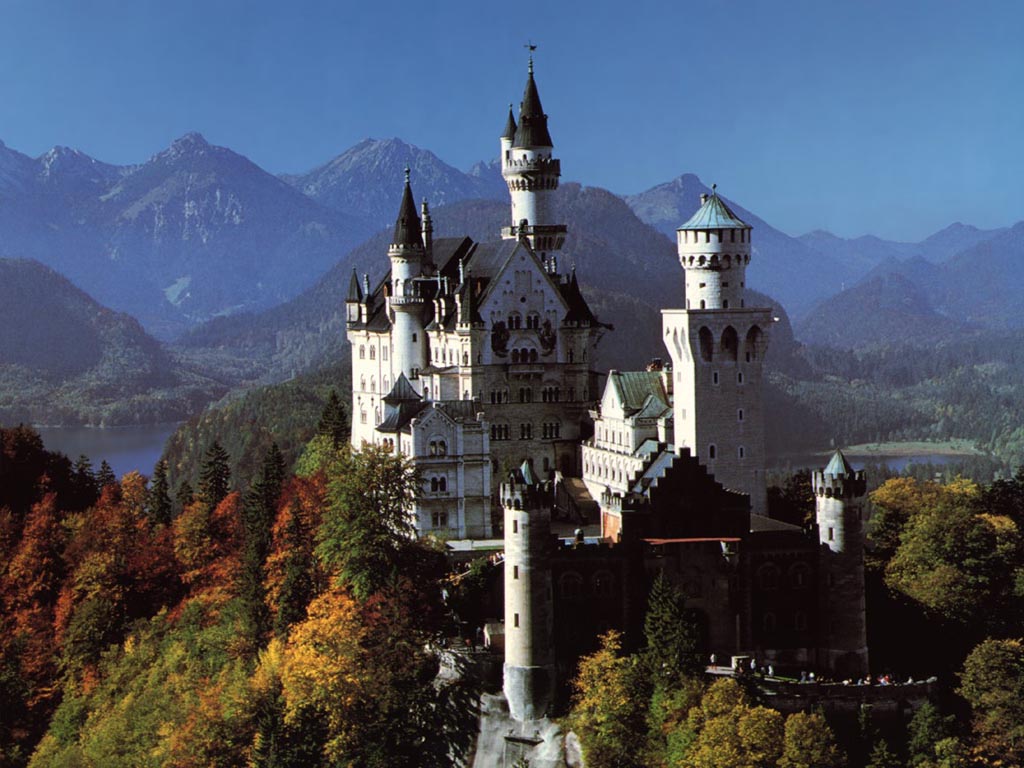When I was nine, my fourth grade teacher held up a small velvet pouch.
“Inside this bag is something very important,” she said.
The class was entranced. What was in it? Gold? Money? Chocolate?
She reached into the bag and slowly pulled out…a rock.
Our faces screwed up in disappointed confusion. A rock? Half of us could have turned out our pockets to reveal the very same thing.
“I know what you’re thinking,” Mrs. Trettin said. “What’s so special about a rock?”
Our interest was piqued. That was exactly what we’d been thinking. Mrs. Trettin’s mind-reading capabilities kept our attention where the rock couldn’t.
“This rock came all the way from Germany. It’s a piece of the Berlin Wall.”

She went on to explain how the Berlin Wall had been formed and subsequently destroyed. I was fascinated. It was like the imaginary line I made in the living room that my little sister couldn’t cross, but real.
For the next 18 years, Berlin existed in my mind as a city full of rubble, war-torn and grey, host to an atrocious leader and military enemies.
I was wrong.
Berlin holds a special kind of romance. It’s not obvious, like the gondolas of Venice or a sidewalk café in Paris. It’s gritty but beautiful, scarred but alive.
Where I expected blandness and institutionalism, I got elegant architecture, archways, and mint-green rooftops. I wanted to stay longer than three nights; I wanted to rent an apartment and spend the whole summer there. Berlin has layers that can’t be peeled away in a few days.
The history is what made Berlin shine, and I’m not a history nut by any means. But when I stood in front of the remnants of the Berlin wall, I was fully awed. I love that pieces of the wall still stand as a silent acknowledgement of the past, twisted with metal and fractured by time.

Berlin’s romance comes from the way the German people have built towards the future without erasing the past. There are gorgeous old churches and museums to gape at, mysterious sculptures to stumble upon, and colorful murals in unexpected places.
It seems odd to call a place with such a tumultuous history ‘romantic,’ but it is. The city gets in your soul. In the Bebelplatz, formerly known as Opernplatz, the Nazis burned 20,000 books one night in May 1933. I stood there, 75 years later, staring at the memorial embedded in the ground. Unlike coming face-to-face with other pockets of history, like the coliseum or Gettysburg, this felt real. Right there, at my feet, history happened.
I remembered being nine and learning about Berlin for the first time; being introduced by a humble little rock. Mrs. Trettin told us about the burning books, and I was as horrified as a fourth-grader can be; who would have the audacity to burn books? I never imagined that one day, I’d be standing there in Berlin, seeing it for myself.
Berlin invokes feelings of nostalgia, love, and loss, even for someone like me who wasn’t there to experience any of it. The city still stands, vibrant and modern, yet somber and worn, ready to teach us all a thing or two about what it means to be romantic.









Recent Comments